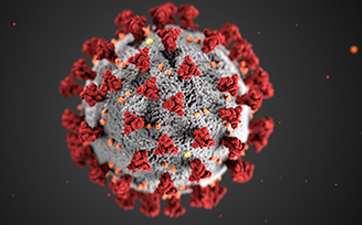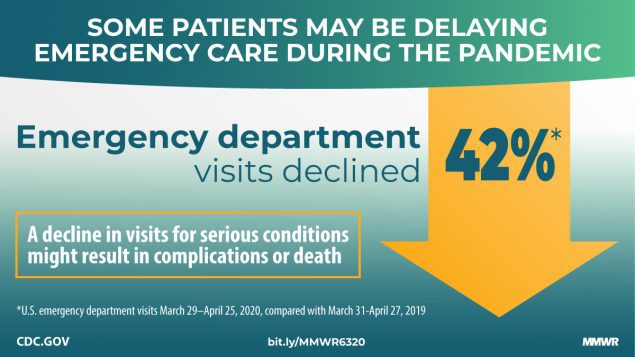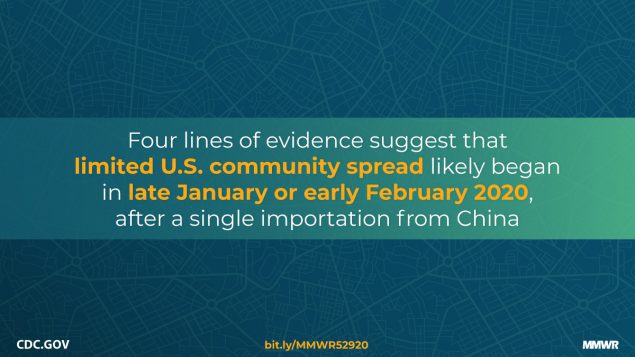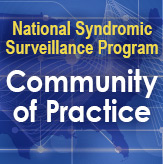NSSP Supports the COVID-19 Response
NSSP Supports the COVID-19 Response | CDC

The National Syndromic Surveillance Program (NSSP) is supporting the nation’s response to the COVID-19 outbreak through its partnerships with state and local health departments. Emergency department (ED) data, collected before cases are diagnosed or laboratory results are confirmed, are helping us to detect, understand, and respond to this health emergency. The NSSP Community of Practice, a group of dedicated analysts, epidemiologists, and public health practitioners, collaborates across jurisdictional lines to share information about health threats and emerging disease. In the COVID-19 response, NSSP and its collaborators provide state and federal leaders with health information and situational awareness to help them coordinate response efforts at local, state, and national levels.
Before the launch of a national response:
- State and local health departments were already at work using NSSP’s analytic tools and collaborative environment to understand this health threat and identify at-risk populations.
- With capabilities provided through NSSP, public health analysts collaborated to develop community-informed definitions for COVID-Like Illness (CLI) and begin separating ED visits attributed to influenza from visits possibly related to CLI.
MMWR Syndromic Reports

Some patients may be delaying emergency care during the pandemic. Data from the National Syndromic Surveillance Program describes the nationwide decline in emergency department visits. Read the full report.

Enhanced syndromic and virus surveillance will be needed to monitor COVID-19 trends for the duration of the pandemic. Read the full report.

Changing Age Distribution of the COVID-19 Pandemic — United States, May–August 2020. Read the full report.
In the midst of the response, NSSP continues to innovate to ensure syndromic surveillance remains a source of high-quality data to support public health decision-making. Here’s what NSSP is doing to support the response:
- Visualize data in new ways. From dashboards for sharing geographic hotspots to those displaying test volume and proportion positive, new visualizations are helping public health departments, CDC’s Emergency Operations Center, and the Joint Coordination Center in the national effort to identify, understand, and respond to changing COVID-19 patterns.
- Enter into strategic partnerships to incorporate new data sources. To expand the syndromic data available to protect public health, NSSP added COVID data from six commercial laboratories. Health department analysts monitor orders, test results, and more.
- Provide timely data updates. Disease experts in the CDC Emergency Operations Center and the National Response Coordinating Center rely on the up-to-date information from NSSP to plan and execute the COVID-19 national response.
- Support state and local health departments’ use of data. NSSP gives health departments tools to conduct syndromic surveillance and to analyze, visualize, and share the findings.
- Collaborate to use data better. Through a Community of Practice specializing in syndromic surveillance, NSSP convenes data analysts from state and local health departments, CDC, academia, and industry to share insightful analysis strategies.
Looking ahead, NSSP’s algorithms that now detect hotspots will eventually be used with other COVID-19 response data to identify when COVID-19 activity declines. Reliable data from syndromic surveillance will help identify when people can safely reenter the workplace, monitor strains on healthcare resources, and detect increases in COVID-19 early enough to act quickly and save lives.
